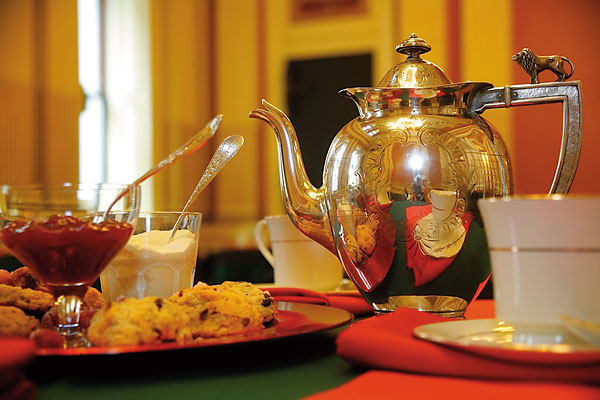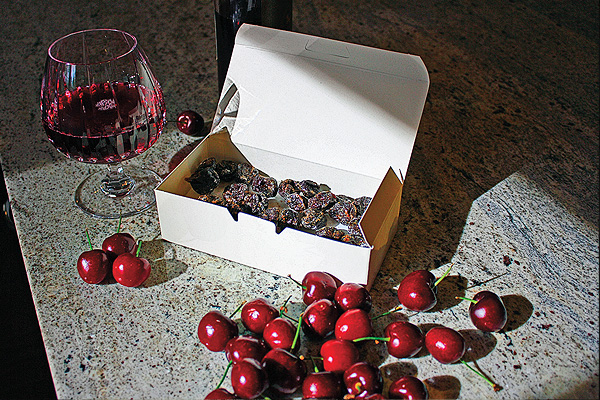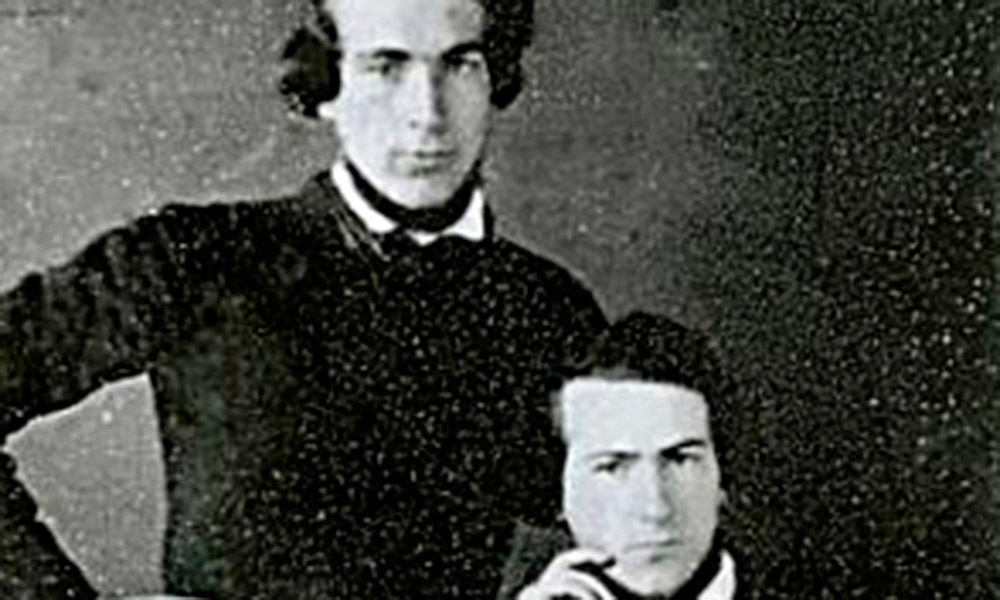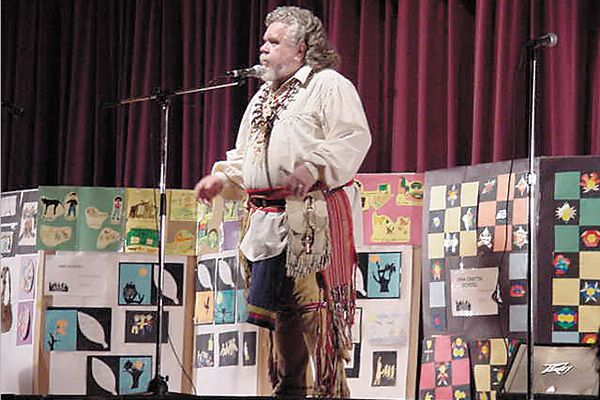 “Among the foremost of remedies ‘handed down’ in the family is the tea made of dung,” recalled Oregon pioneer Charles Banister.
“Among the foremost of remedies ‘handed down’ in the family is the tea made of dung,” recalled Oregon pioneer Charles Banister.
His grandmother’s favored medicinal dung was that of the “common sty-pig, which, when dried and baked in an oven and made into a tea is said to cure evils of all sorts, from the slightest indisposition to measles and smallpox.”
He remembered the treatment for a child who had taken sick with the measles in Baker, Oregon. His grandmother “procured the dung of a sheep, gave it the same treatment in the oven and made it into tea. This the child drank, being too young to know what the decoction was.”
Can I just say, YUCK!
In addition to the medicinal purposes tea served in the Old West, tea was also a popular drink. Most drinking teas were imported from the Orient, and every merchant proclaimed to offer the best quality available. Adulterated tea was a major issue in the late 1800s. In 1870 a fraudulent tea was made from chaparral leaves grown in California, which was then shipped to China for processing. Not only was the tea fake, but it also made the drinker extremely nauseous.
What you put in your tea depended upon your place of origin. Some chose honey and lemon, while others preferred cream and sugar. The sugar used was not what we use today. Mrs. Anne Abernethy Starr, born in Portland, Oregon, in 1869, recalled the sugar she used: “In pioneer times, even a merchant such as George Abernethy did not have white sugar for daily use. White sugar, packed in blue paper in cubes, was brought from the Sandwich (Hawaiian) Islands and was served only on feast days, special occasions, or for company tea. Brown sugar, coarse-grained, was used for daily fare.”
Tea was drunk for breakfast, during the day, at tea time and at bedtime. Tea time usually occurred around 4 p.m., but that varied depending upon where you lived. Surprisingly, tea was not the only beverage served at tea time. Many people preferred coffee or chocolate.
Chinese immigrants on the frontier rarely drank anything but imported Chinese tea, and they enjoyed it “clean” or plain. They even found tea to be more enjoyable than other activities. In 1860 San Francisco’s Daily Evening Bulletin reported, “When they see Europeans spend several hours in gymnastic promenades, they ask if it is not a more civilized mode of passing leisure time to sit quietly drinking tea and smoking a pipe, or else go at once to bed.”
Most pioneers served their tea in basic earthenware or china teapots, but on special occasions, it was served using a silver tea service. The tea set usually included a tea pot, coffee pot, sugar bowl and creamer. Silver tea sets were given as wedding or commemoration gifts. On December 31, 1869, San Francisco’s Engine Co. No. 1 presented its foreman, W.O.T. Smith, with a silver tea set. A large portion of the tea sets were made with silver that had been mined from the West’s silver boomtowns. The largest silver boomtown around this time was the Comstock Lode in Virginia City, Nevada.
Silver tea parties are still held to this day. For instance, every December the San Francisco Museum and Historical Society in California hosts a Silver Holiday Tea at the Old Mint, which was active from 1874-1937.
We share with you the proper way to make green tea, as reported by the Omaha Herald in 1880. Keep in mind that tea did not come in the handy little bags we know and love today—it came loose-leafed.
Green Tea
1 tsp. green tea leaves
1 pint of boiling water
Place the leaves in a saucepan, and then pour boiling water over the tea. Cover and set back on the stove (no heat), and allow to stand for five minutes. Pour into your teapot when ready to serve. Earthen teapots are suggested for green tea.
***
Recipe courtesy April 17, 1880, Omaha Herald.






